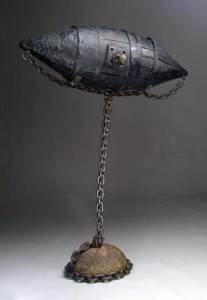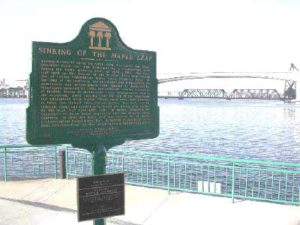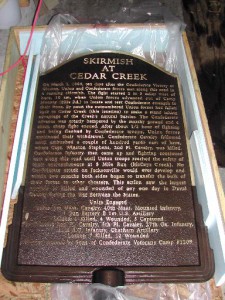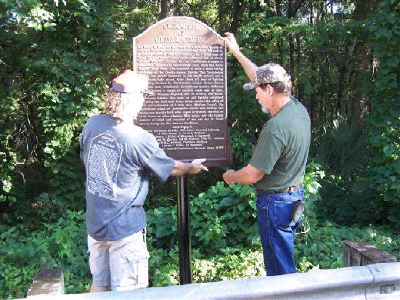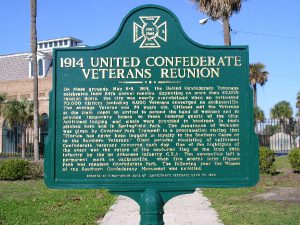
Below is a record of Historical Markers that have been commissioned by Kirby-Smith Camp #1209.
The Kirby-Smith Historical Marker Program recognizes historic Confederate events that are significant in Florida history and traditional culture by placing historic markers and plaques at sites of historical and visual interest to visitors. The purpose of the program is to increase public awareness of the Confederate Heritage of the state and to enhance the enjoyment of historic sites in Florida by its citizens and tourists.
The process for obtaining a historical marker requires the submission of application that are reviewed by Kirby-Smith Executive committee that meets once every month.
